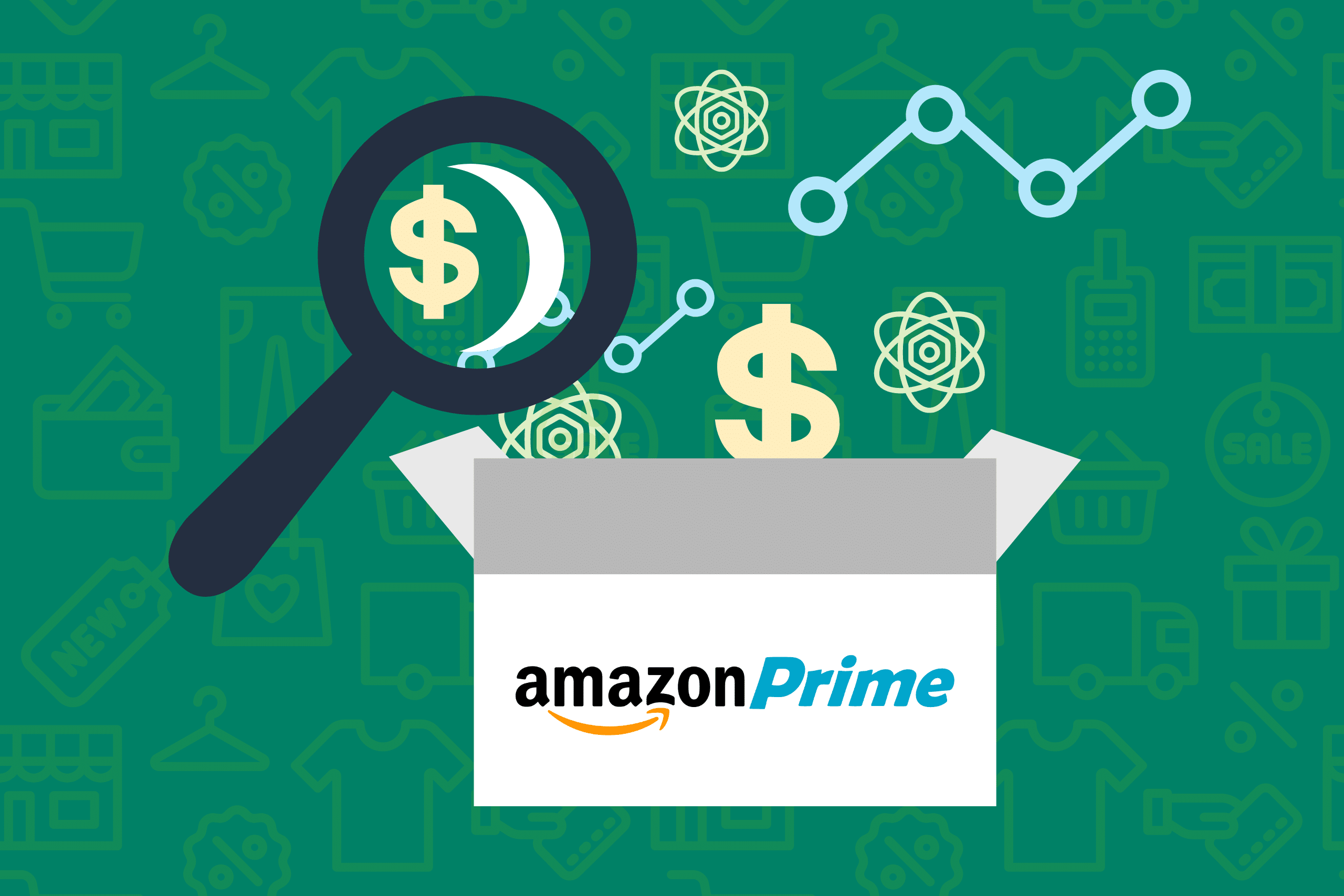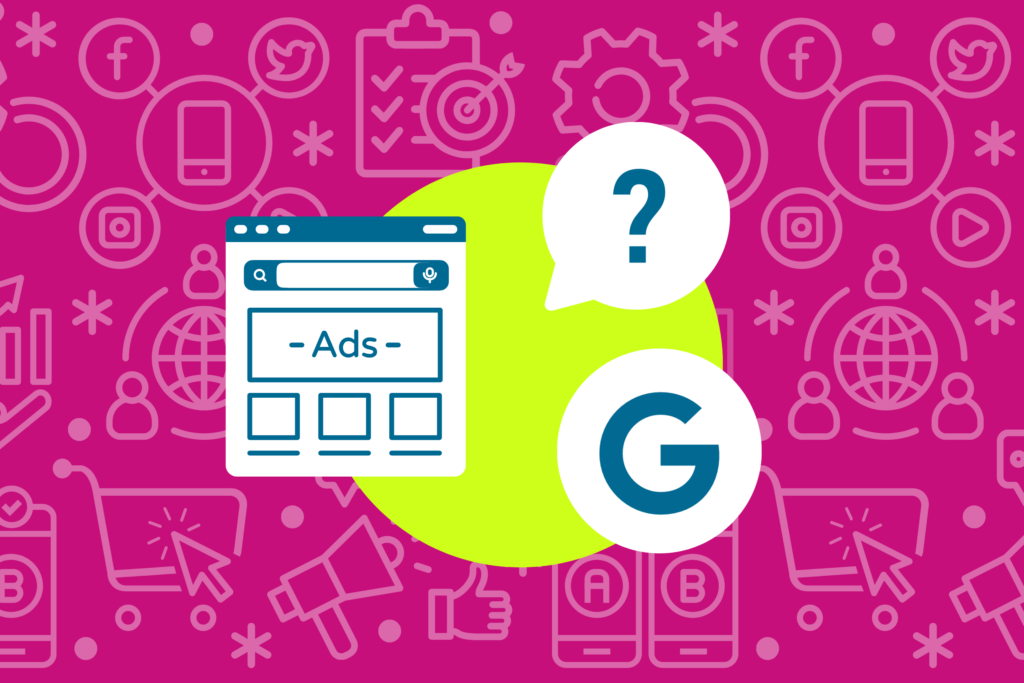Learn how to use your Prime Day data to prep ahead for the holiday season
Every year, Q4 is important for online retailers — it’s when they really start prepping for end-of-year holiday sales. However, it’s really never too early for e-commerce brands to start planning, especially when Amazon Prime Day gives them an opportunity to learn what consumers are looking to buy during big sales events.
So, what does this mean? Your Amazon Prime Day sales can offer some valuable performance insights for the upcoming holiday season!
Let’s look at several ways you can (and should) use this year’s Prime Day sales data to increase conversions throughout the rest of the year.

1. Identify limited budgets & optimize spend
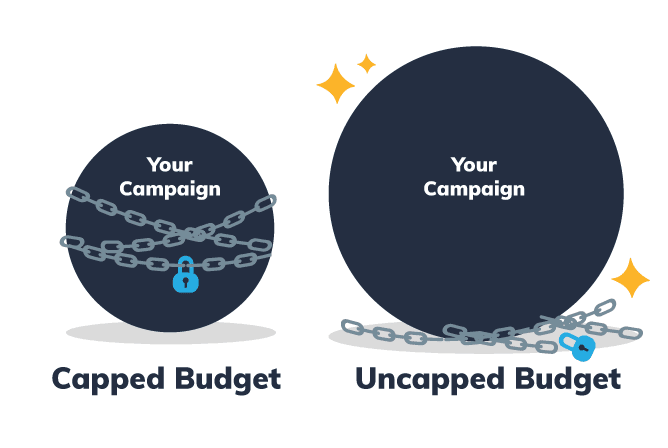
If you’ve already ruled out product count as a factor, evaluate how your campaign spend performed leading up to and during this year’s Prime Day sales event. Were any of your campaigns limited by budget? Running out of budget prevents ads from showing, which majorly impacts otherwise successful campaigns.
Consider setting spend uncapped during these high-volume periods. You should already be planning to increase spend during Prime Day, but don’t be jarred by the higher price tag! Ad dollars that drive additional sales and profit are ad dollars well-spent. This type of profit-driven budget is the most effective way to manage your spend during high-volume periods, so consider leaving spend uncapped as long as the campaigns continue to efficiently drive profit.

2. Fix traffic problems
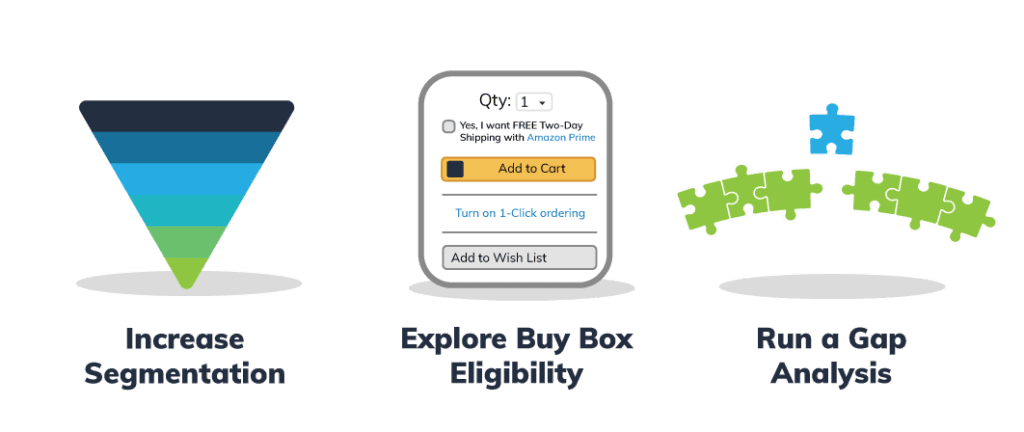
First, take a high-level look at your campaigns and ad groups. Did any fail to drive traffic and generate sales?
For some ad groups, low volume is expected (if you have products that are out of season, for instance.) For others, start by checking the product count of each of your ad groups. If product count is really low, consider broadening your segmentation for some items to increase traffic to each segment.
If product count isn’t a factor, explore your Buy Box eligibility. Do you have products in these groups that would normally sell well, but weren’t eligible for the Buy Box on or around Prime Day?
Finally, evaluate your bids on these ad groups. A gap analysis can be really helpful in comparing bids from last year to this year, and determining whether a low bid might be responsible for the lack of traffic. If low bids are the culprit – consider raising them ahead of the rest of the holiday season!

3. Add bid adjustments for placements
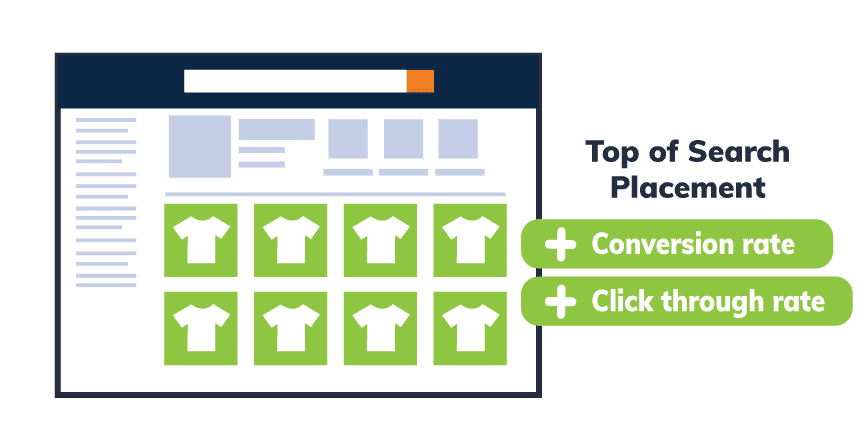
Assess your current placements with the placement report. Conversion and click-through rates on Top of Search placements tend to be much higher, so if you’re experiencing the traffic problems above, this is a good way to help alleviate that. Likewise, if you had some ad groups that saw a dip in traffic on Prime Day (and fewer Top of Search placements), consider making bid adjustments for these placements specifically.
You may have competitors that are tacking on significant adjustments in order to capture key placements on peak days (like Prime Day.) If that’s the case, consider raising your adjustments as well to keep your products competitive.

4. Use Prime Day data to improve conversion rates for the holidays

Run a gap analysis to see if conversion rate has dropped significantly year over year for any ad groups. If it has, consider some possible causes. Has pricing increased? Are you bidding enough to attract qualified traffic?
If you manage manual campaigns, consider your search terms as well. There may be a few that are dragging down the performance of the rest of the ad group. Identifying these and lowering bids or removing the term altogether can help.
If you’re running automatic campaigns, search term data in the lead-up to and on Prime Day can be a goldmine for your manual campaigns. Pull a search term report and identify any terms that are far outperforming the rest. Adding these to your manual campaigns can help boost conversions!
Likewise, you can use your manual campaigns to target specific products that drive sales for your automatic campaigns. These analyses create insights that are useful even beyond Amazon – more on that in the next section!

5. Apply your data outside of Amazon
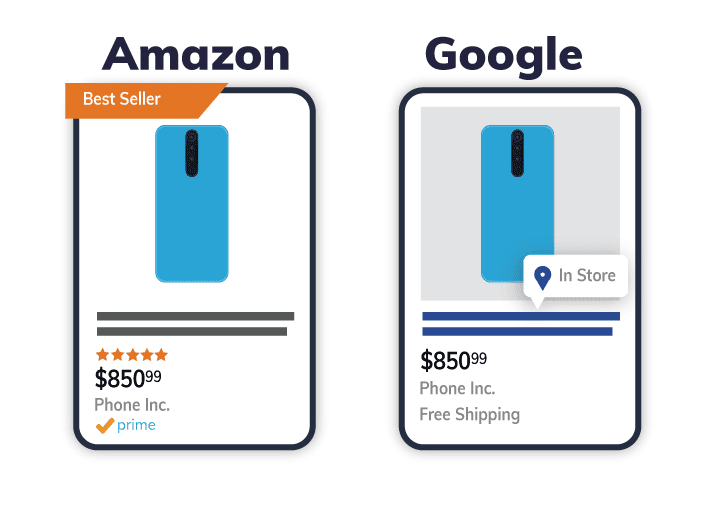
Prime Day data is useful outside of Amazon, as well! Successful search terms, for instance, can be very useful in Google search campaigns (though you should carefully evaluate them first as not every term will translate!
If you ran any promotions on Amazon, take a look at these as well and see if any might apply to Google Shopping or another channel. Likewise, if certain promotions really didn’t drive additional sales on Prime Day, re-evaluate them and see if you can make any improvements.
After Prime Day, use your valuable data and start preparing for Black Friday and Cyber Monday on Amazon!

